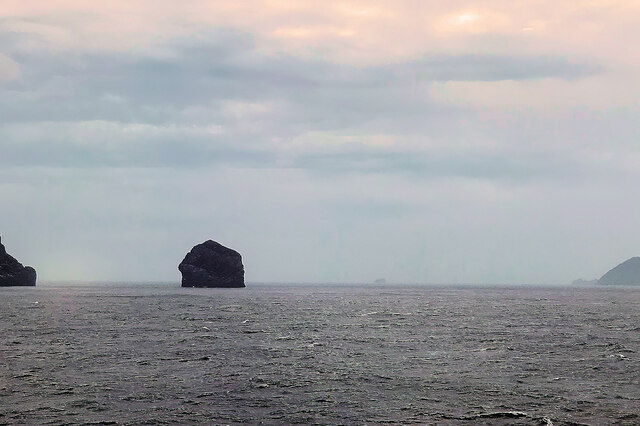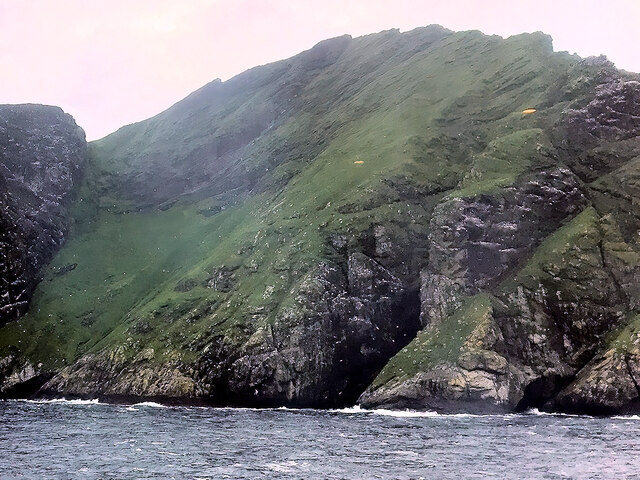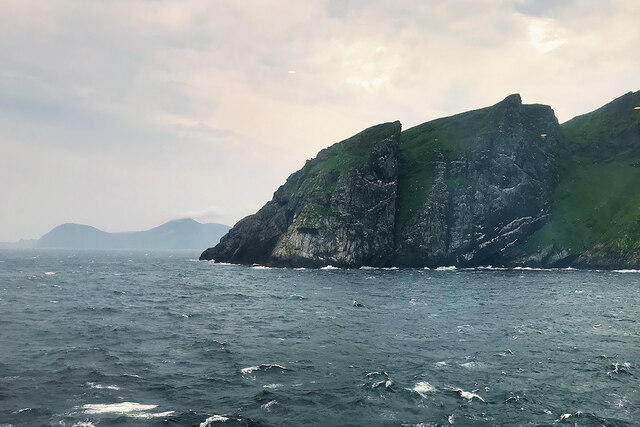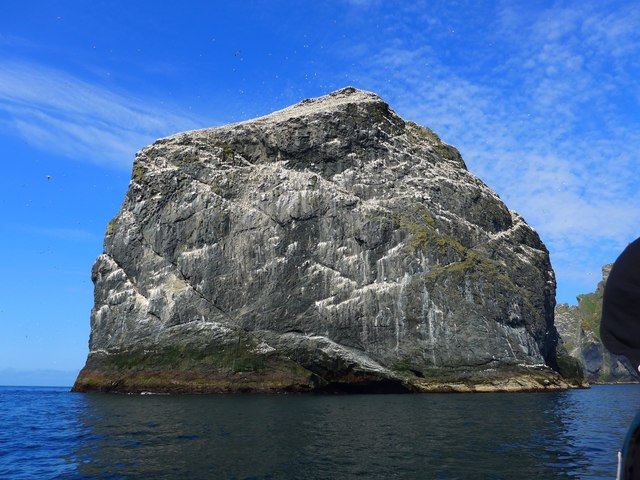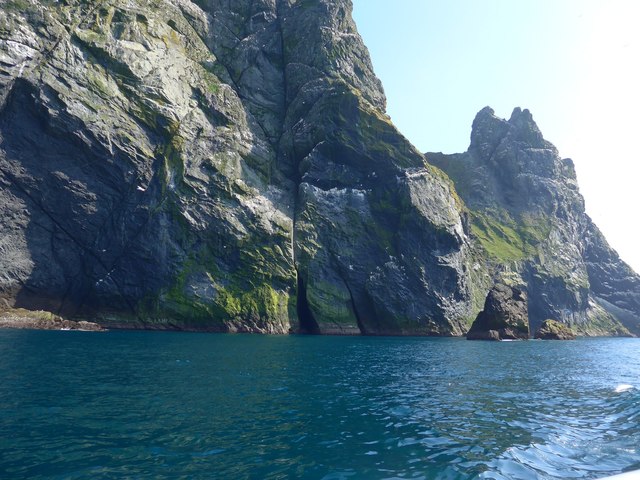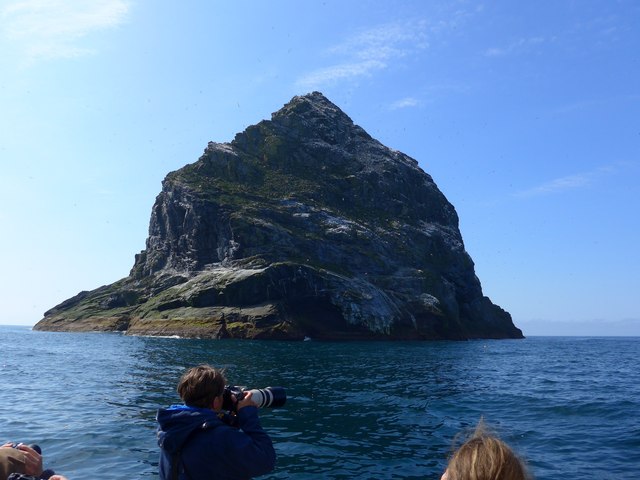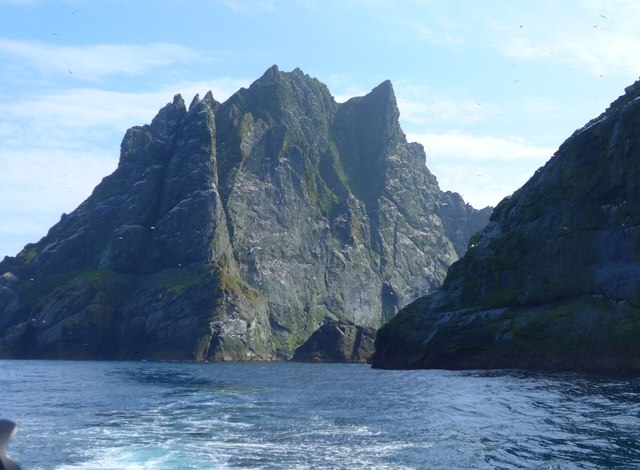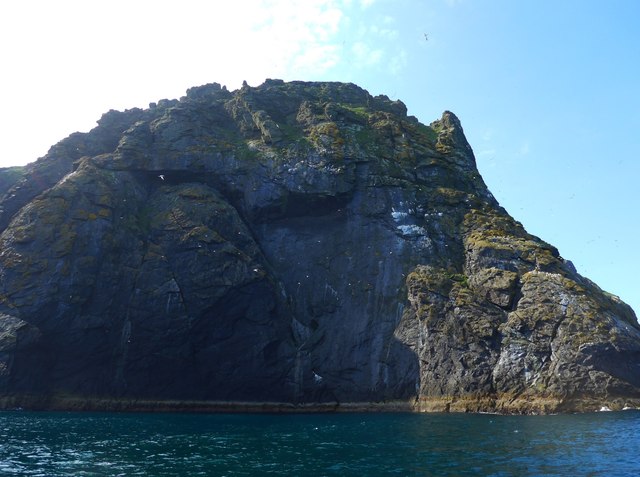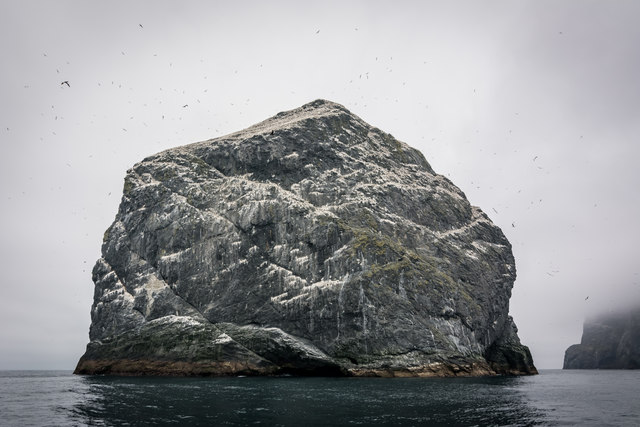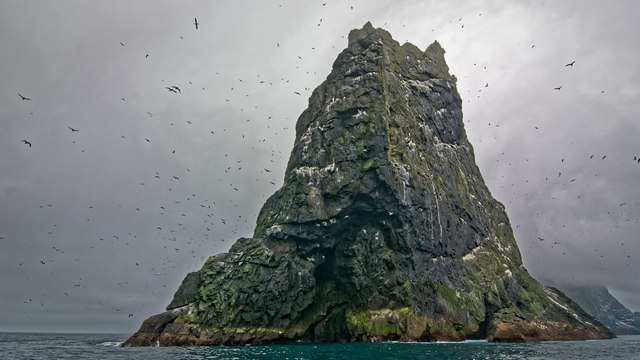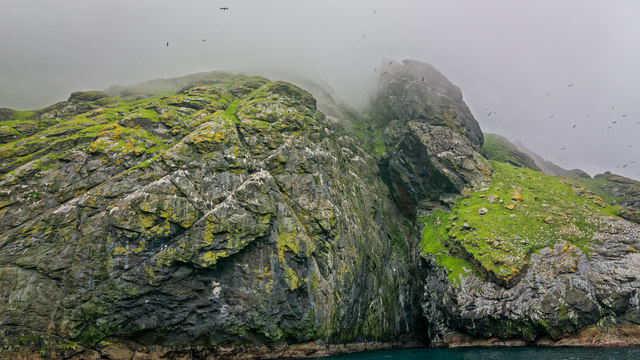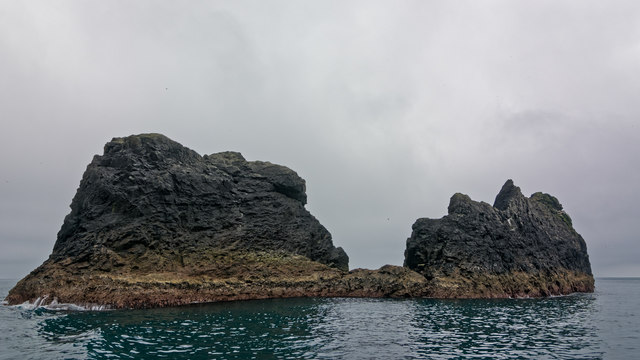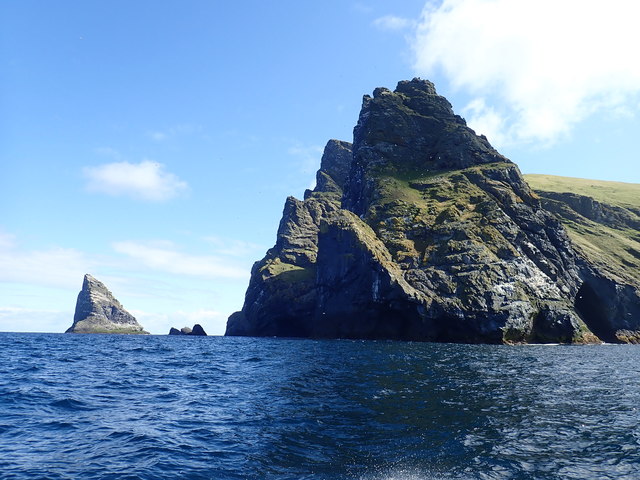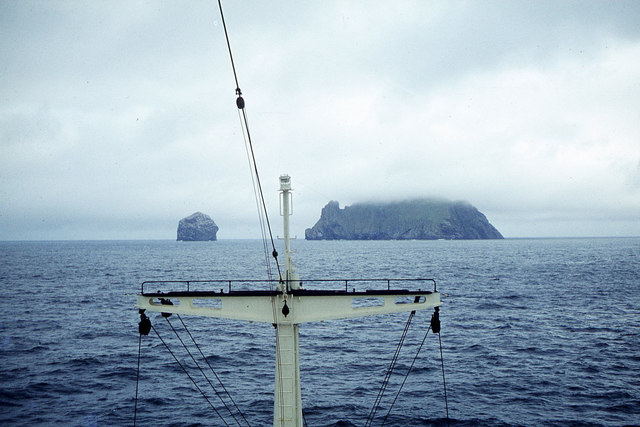Stac Lee
Hill, Mountain in Inverness-shire
Scotland
Stac Lee
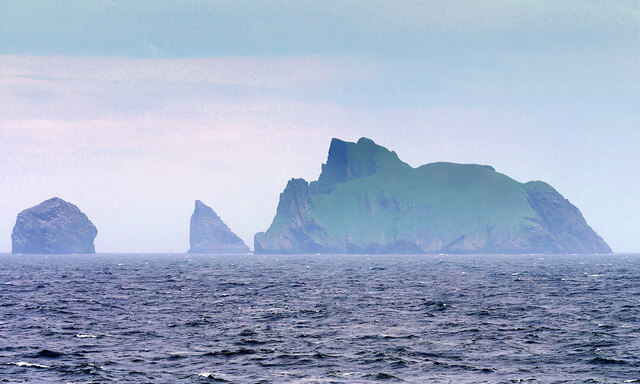
Stac Lee is a distinctive sea stack located in the St Kilda archipelago in Inverness-shire, Scotland. It rises dramatically from the Atlantic Ocean to a height of approximately 172 meters (564 feet), making it one of the tallest sea stacks in the British Isles. The stack is composed of columnar basalt, formed by volcanic activity millions of years ago.
Stac Lee is known for its challenging climbing routes, attracting experienced climbers from around the world. Due to its remote location and exposed position, climbing Stac Lee requires a high level of skill and experience. The stack is also home to a variety of seabirds, including puffins, guillemots, and fulmars, making it a popular spot for birdwatching.
Access to Stac Lee is restricted due to its location within a protected UNESCO World Heritage Site. Visitors can view the stack from the water or from nearby islands such as Hirta. The rugged beauty and unique geological features of Stac Lee make it a popular destination for outdoor enthusiasts and nature lovers.
If you have any feedback on the listing, please let us know in the comments section below.
Stac Lee Images
Images are sourced within 2km of 57.866357/-8.5102549 or Grid Reference NA1404. Thanks to Geograph Open Source API. All images are credited.
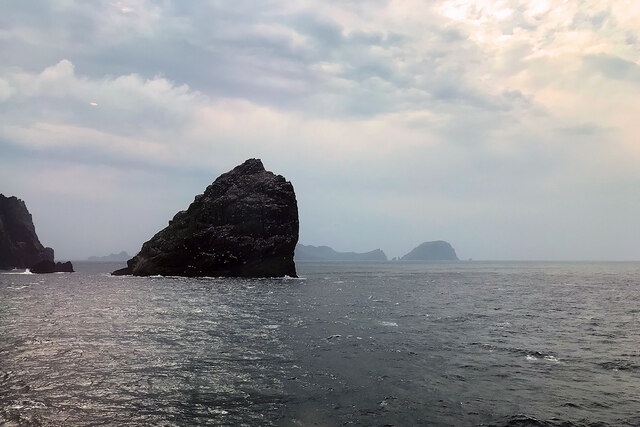
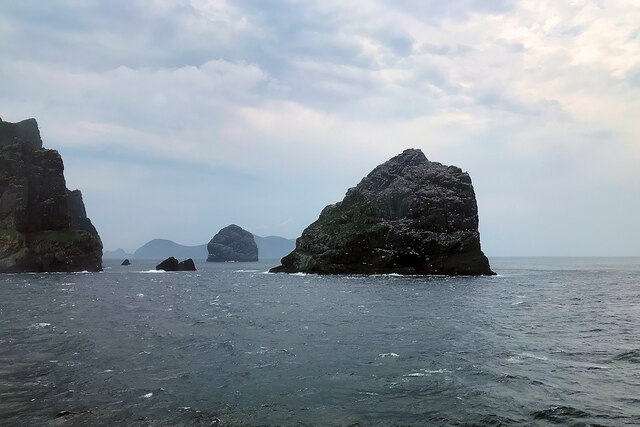
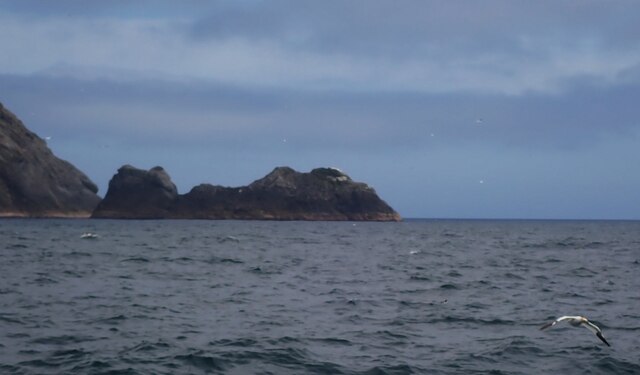
Stac Lee is located at Grid Ref: NA1404 (Lat: 57.866357, Lng: -8.5102549)
Unitary Authority: Na h-Eileanan an Iar
Police Authority: Highlands and Islands
What 3 Words
///rankings.indicated.defends. Near Balivanich, Na h-Eileanan Siar
Nearby Locations
Related Wikis
Stac Lee
Stac Lee (Scottish Gaelic: Stac Lì) is a sea stack in the St Kilda group off the west coast of Scotland. An island Marilyn (a point with topographic prominence...
Boreray, St Kilda
Boreray (Scottish Gaelic: Boraraigh; Scots: Boreray) is an uninhabited island in the St Kilda archipelago in the North Atlantic. == Geography == Boreray...
Stac an Armin
Stac an Armin (Scottish Gaelic: Stac an Àrmainn), based on the proper Scottish Gaelic spelling (formerly àrmuinn), is a sea stack in the St Kilda archipelago...
St Kilda, Scotland
St Kilda (Scottish Gaelic: Hiort) is an isolated archipelago situated 64 kilometres (40 mi) west-northwest of North Uist in the North Atlantic Ocean. It...
Nearby Amenities
Located within 500m of 57.866357,-8.5102549Have you been to Stac Lee?
Leave your review of Stac Lee below (or comments, questions and feedback).
